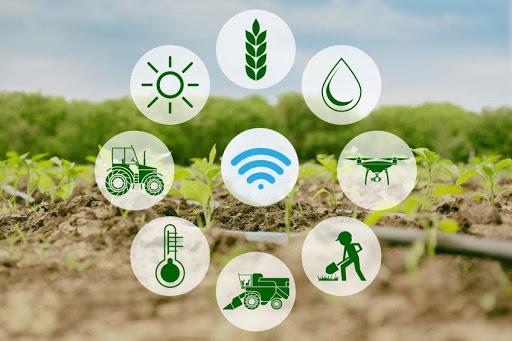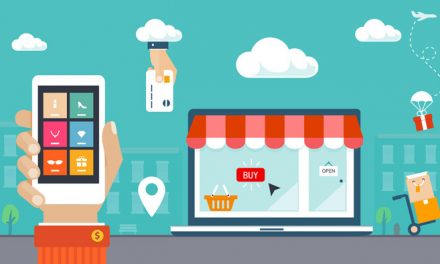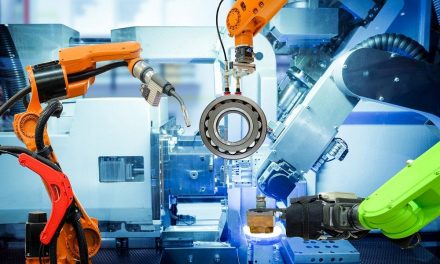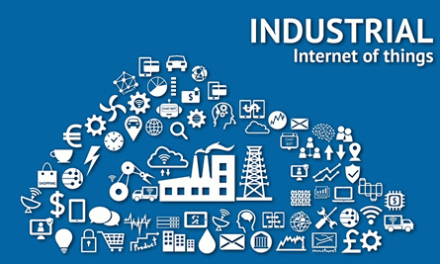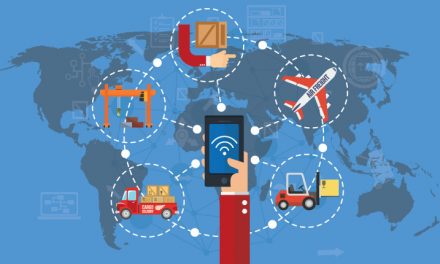The introduction of the latest technology trend, the Internet of Things has caused industries across all sectors to change the way they do their things. This article explains how IoT has revolutionized agriculture through what is now known as smart farming IoT.
Before we explain IoT smart farming, let us first define what smart farming is.
Table of Contents
What is Smart Farming?
Smart farming is defined as a capital intensive and high technology system of growing food cleanly and sustainably for the masses. This is the application of modern Information and Communication Technologies (ICT) into agriculture. This includes the use of agricultural sensors, collecting the data from the sensors, creating wireless networks for the sensors to share their information, and cloud platforms that use the latest machine learning algorithms to process all the data and give meaningful results to the farmer. These results aid the farmer in his decision making process.
What Caused the Need for Smart Farming?
1. Population Growth
The global population is continuing to rise, and according to some estimates, it may reach 9.6, or even 10 billion by 2050. This therefore needs a fundamental shift in the methodologies used in the agricultural sector to meet the new demand for food.
2. Water Shortages
Water shortages are becoming more and more prevalent worldwide. Water covers 70% of the surface of the earth, but most people do not realise that it is only 3% that is available for consumption in the form of fresh water. At the current moment, around 1.1 billion people lack access to water, and a total of 2.7 billion find water scarce for at least one month. This means that when the population grows, there will be even greater competition for water between industries such as agriculture and the common people.
3. Benefits of Smart Farming
Smart farming introduces a wide host of benefits which makes it quite suitable for prospective farmers to implement, and has led to the slow death of traditional non-tech methods of farming that were previously used in first world countries. These benefits include more efficient water usage, efficient resource usage, precision farming which utilizes sensors to give real time information that the farmer can use to monitor critical parameters and take preventative actions. In addition, intelligent software which uses Machine Learning algorithms can be used to create recommendations that could be used in the next farming season.
4. Expenses
As in every business, the main aim is to make as huge a profit as possible with the least amount of losses. Smart farming leads to efficient resource usage which greatly reduces losses. An example of this is the more efficient use of fertilizer, thus, saving on unnecessary wastages that would have occurred if traditional methods were used. Farmers, as businessmen, have therefore decided to adopt and use this new method of growing crops.
The applications of IoT smart farming are not only enjoyed by large scale farmers, but they can also be used for medium scale farmers as well as small scale farmers such as families farming in their backyard. This has been made possible through the advent of kits such as the Raspberry pi kit, or the Arduino kit in which any small scale farmer can buy a few sensors, and connect the agricultural monitoring system to the cloud. This will allow them to monitor their plants in real time, regardless of their location.
Applications of Smart Farming IoT
1. Agricultural Drones
The agricultural industry is now one of the major industries that use drones. These IoT devices are used in order to perform irrigation, planting, crop health assessment, crop monitoring as well as soil and field analysis. These drones are easy to use, and they save time that would have been used if the farmer were to manually use a tractor to go throughout his field to assess the conditions of his crops.
An example of an organization that uses this type of smart farming IoT is Precision Hawk. This organization uses the drones in order for them to obtain valuable data such as the plant height measurement, plant counting as well as yield prediction, chlorophyll measurement, weed pressure mapping, field water pond mapping and more.
2. Livestock Monitoring
In this application, the farmers use smart farming IoT to monitor their livestock. This is commonly used by large farm owners. In this application, they collect data about the location, health, as well as the well-being of their cattle. This information is crucial in helping the farmers identify the animals that are sick. This allows the sick animals to be separated from the rest of the herd, thus preventing the spread of diseases throughout the herd. In addition, labour costs are greatly reduced as the farm owners will need less staff to locate their cattle as the IoT smart farming sensors will be able to do this.
An example of an organization that uses this smart farming IoT is JMB North America. This company offers cattle owners solutions that help the cattle owners observe cows that are pregnant and about to give birth. A sensor powered battery is expelled from the heifer when its water breaks. This sends a notification to the farmer, and allows the farmer to gather the relevant materials required for the successful delivery of the new animal.
3. Smart Greenhouses
In this application, the farmers use smart farming IoT to enhance the yield of their crops, fruits and vegetables. The smart farming IoT makes use of different sensors that are used in order to measure the environment parameters such as temperature, soil moisture, relative humidity, and pH. A cloud sever can then store these parameters, and can apply control actions when the parameters are outside of the pre-determined range. This eliminates the need for constant manual monitoring, and results in lower energy losses, labour costs and production losses as the smart farming IoT system will ensure that the plant reaches its optimum growth using the least amount of resources.
An example of an organization that uses this smart farming IoT is Illuminum Greenhouses. They build modern and affordable greenhouses that use solar powered smart farming IoT sensors. This allows the farmer to monitor the state of the greenhouse as well as the water consumption via SMS as well as on an online portal. Automatic irrigation is also carried out.
Conclusion
This article gave the definition of smart farming IoT and explored the various applications of the IoT smart farming. We hope you learnt a lot, and we hope you will use IoT smart farming in your backyard!

